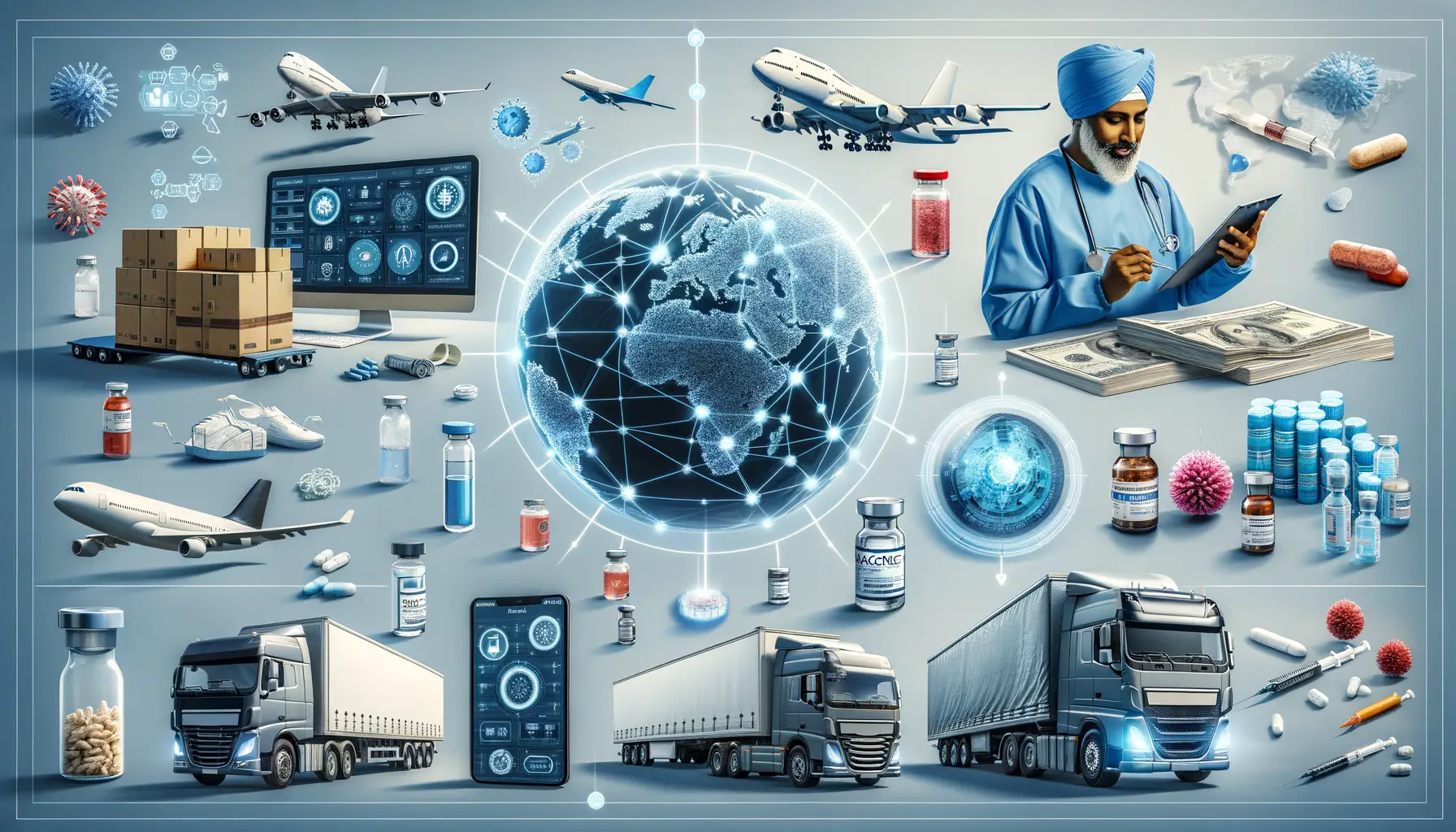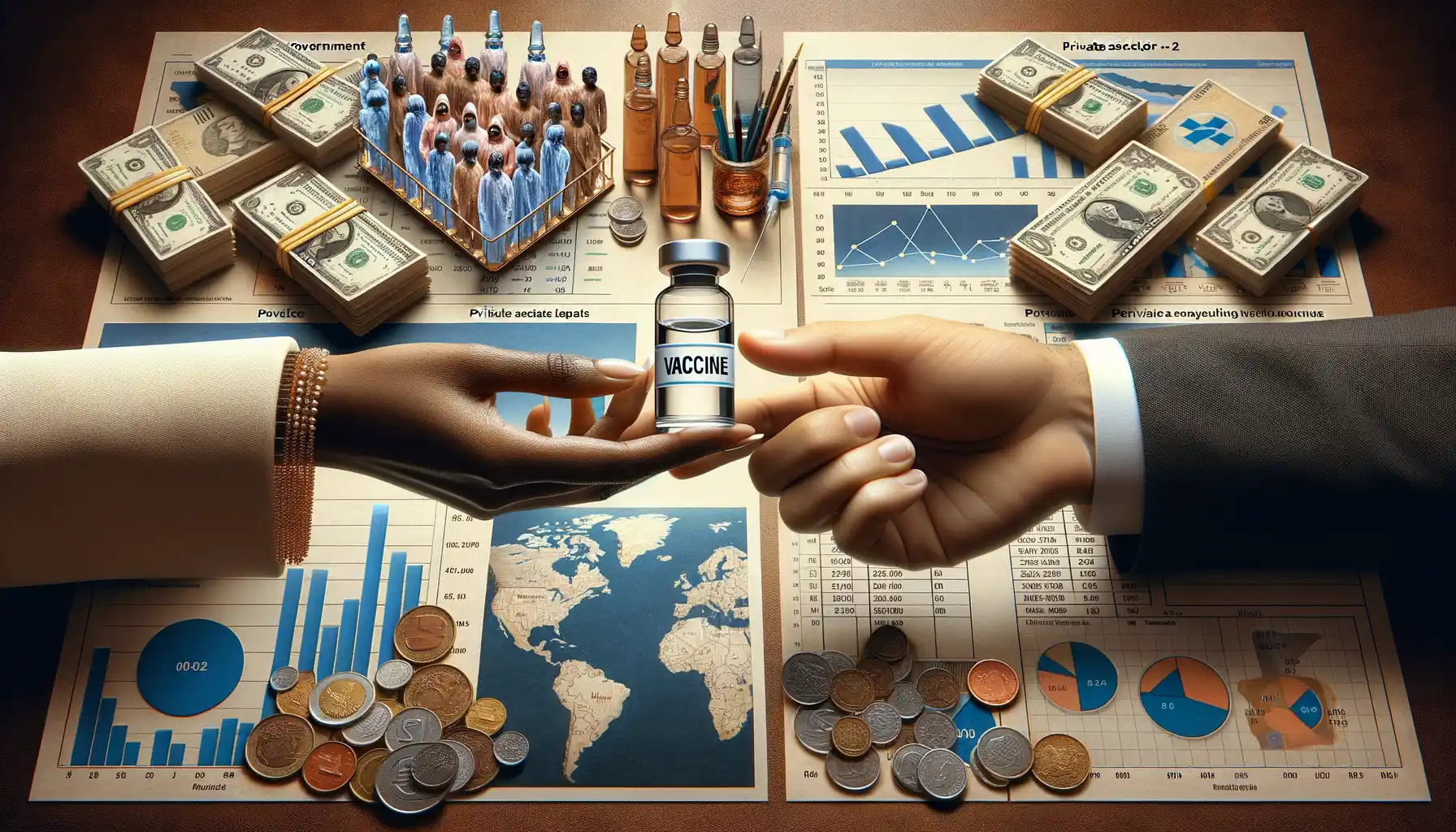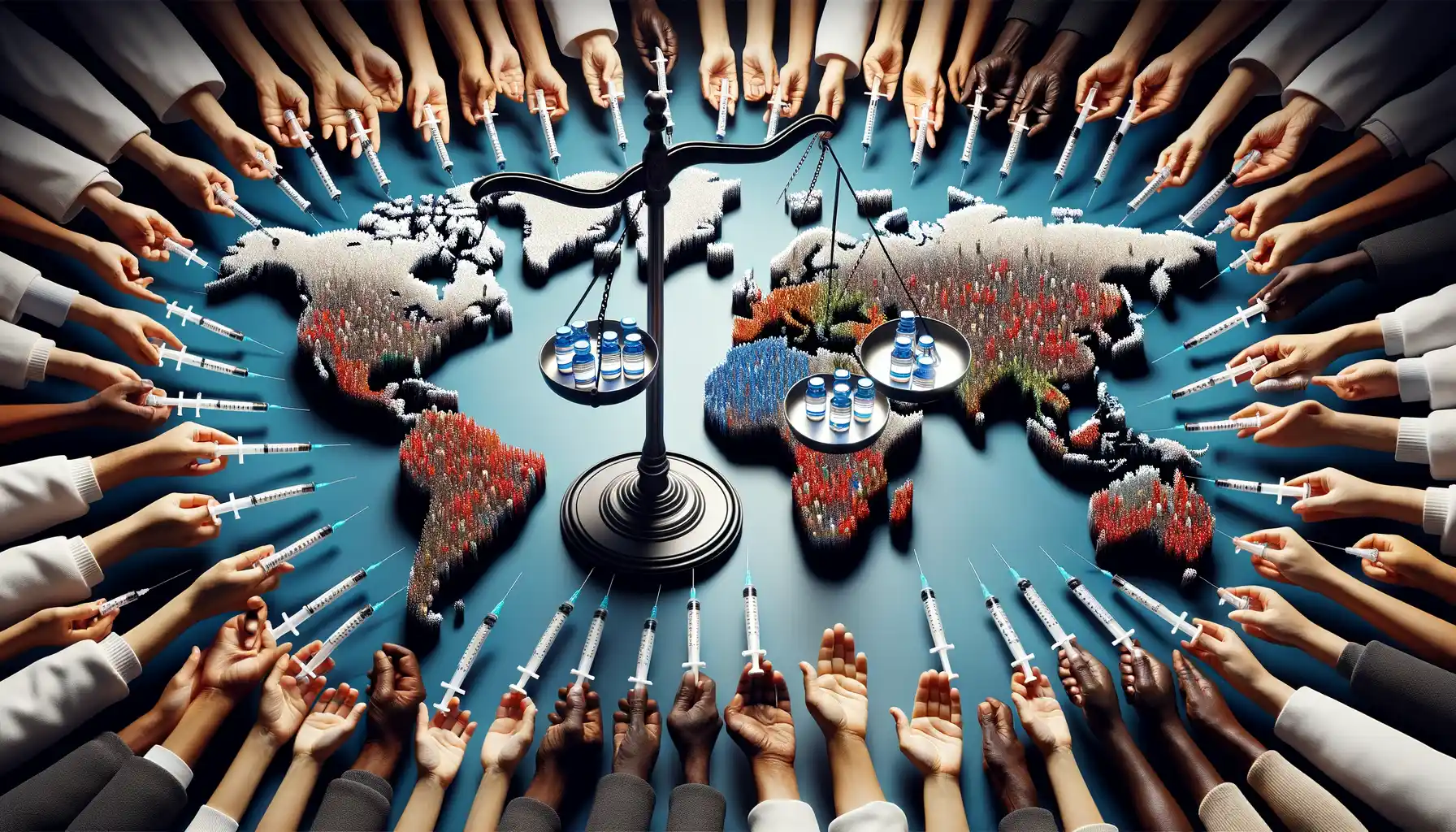Understanding the Costs of Vaccine Research and Development
The Hidden Labyrinth of Vaccine Costs
Did you ever wonder how a tiny vial of hope — a vaccine — can take years and billions of dollars to create? It’s like assembling an intricate puzzle where every piece has a price tag. Each step, from the eureka moment in the lab to global distribution, is a financial tightrope.
Let’s talk about the first hurdle: research and development (R&D). Scientists don’t just stumble upon vaccines; they spend years conducting experiments, often testing thousands of compounds to find that one “needle in a haystack.” This alone can cost hundreds of millions. Then there’s the high-stakes gamble of human clinical trials. Phase after phase, companies invest heavily to ensure safety and effectiveness. Imagine burning money for years without knowing if the final product will even work. That’s the reality.
And let’s not forget the manufacturing process — a beast of its own. Building facilities equipped to scale up production is no small feat. Add regulatory approvals, quality assurance, and logistical headaches to the mix, and you’ve got a recipe for astronomical costs.
- Preclinical research: Months or years of behind-the-scenes experiments.
- Clinical trials: Phases I, II, and III — each more complex and expensive than the last.
- Manufacturing: Scaling production while meeting strict compliance standards.
When you hold a vaccine in your hand, you’re looking at the result of sweat, risk, and relentless innovation.
Challenges in Scaling Vaccine Production and Manufacturing

The Hidden Hurdles of Vaccine Production
Scaling vaccine production is no walk in the park—it’s more like running a marathon through a maze. What works in a lab often hits roadblocks when you try to mass-produce it for millions or even billions of doses. One key challenge? Manufacturing complexity. Vaccines aren’t simple pills; they’re biological products that demand precise conditions, from temperature-controlled environments to sterile facilities free of contamination risks.
But let’s not forget the materials. Many vaccines require rare ingredients, like specialized lipids or viral vectors, which can suddenly become scarce during global demand spikes. Imagine baking a cake for a party, only to find out vanilla is sold out everywhere. Now multiply that problem by a thousand!
Why Scaling Up Can Feel Like a Race Against the Clock
In the middle of a pandemic, time is a luxury no one has. Companies have to juggle:
- Building new manufacturing plants in record time (a process usually taking years).
- Training workers on complex production processes.
- Facing constant pressure to maintain safety and quality control.
One slip, one misstep, and it’s back to square one—a sobering reality when lives are on the line.
Strategies for Efficient Vaccine Distribution Globally

Breaking Down Barriers: Closing the Last-Mile Distribution Gap
Imagine transporting vaccines as if they were the crown jewels—because, in many ways, they are. But while R&D and production shine brightly, the real race begins once those vials leave the factory. Global vaccine distribution faces a labyrinth of obstacles: unreliable infrastructure, challenging terrains, and varying climate conditions.
One size does not fit all. In bustling urban hubs, vaccines might glide through refrigerated trucks. But in remote regions where roads are mere ribbons of dirt? Enter creative solutions like solar-powered cold storage and motorcycle couriers. Take the example of Rwanda, where drones are used to deliver vaccines to clinics nestled in rugged hillsides—turning what used to be hours of travel into minutes.
Here’s how we can make strides:
- Invest in durable, portable refrigeration systems to maintain the cold chain.
- Partner with local communities to tap into their expertise about regional logistics.
- Leverage data tools to predict demand and prevent wastage or shortages.
Empowering Equitable Access Through Collaboration
No country should miss out on life-saving vaccines due to geography or income. Innovative global partnerships, like COVAX, aim to tackle inequities head-on, ensuring vaccines reach even the most underserved populations. But these efforts need more than goodwill—they need funding, sustained commitment, and boots on the ground.
Consider India’s immunization drive: by combining tech solutions like the CoWIN platform with grassroots mobilization, they’ve been able to vaccinate millions effectively. The lesson? Marrying tech and human empathy isn’t just efficient—it’s transformative.
The Role of Government and Private Sectors in Vaccine Economics

The Dance Between Public Commitment and Private Innovation
When it comes to vaccine economics, the interplay between governments and private sectors isn’t just collaboration—it’s a high-stakes dance. On one side, you have governments acting like safety nets, pouring billions into research grants, subsidies, and even guarantees for purchasing doses. On the other, private companies are the daring innovators, chasing breakthroughs with cutting-edge science and often risking everything in the process.
The role of the public sector extends far beyond money. Governments set the stage by providing regulations and frameworks that ensure vaccines are both safe and effective—and let’s face it, public trust hinges on this. Without these safety seals, even the most groundbreaking formula is just a laboratory experiment. Meanwhile, private companies take those frameworks and sprint forward, ensuring vaccines move past the petri dish and into mass production.
- Operation Warp Speed: A masterclass in collaboration where government funding supercharged private innovation during the COVID-19 crisis.
- Advance Market Commitments: Governments promise to buy certain quantities upfront, de-risking private investment in vaccine development.
Striking a Balance for Fairness and Profitability
Here’s where things get complicated: profits versus accessibility. Private sectors are driven by returns—they have shareholders, after all. But governments must prioritize global health equity, even when the dollars (or euros or rupees) don’t immediately add up.
Picture this—while small biotech companies often push boundaries in innovation, they rely on government partnerships to fund early-stage trials or gain traction. Big pharmaceutical giants? They can scale production across continents but might demand exclusivity deals or higher prices for vaccines. It’s a tug-of-war with stakes higher than a climactic movie showdown.
In the end, this push and pull creates the ecosystem that produces life-saving vaccines. But it’s not always seamless. It’s messy, dynamic, and deeply human—because behind every financial model is the ultimate goal: saving lives while keeping the system running.
Addressing Inequities in Global Vaccine Access

Why Do Vaccine Inequities Still Exist?
The stark reality is this: while some nations roll up their sleeves for booster shots, others are still waiting for their first dose. How did we get here? A few key factors stand out.
- Cost barriers: For low-income countries, the price of vaccines can be astronomical compared to their healthcare budgets. Even with discounts, it’s like asking someone to buy a yacht when they’re struggling to afford a bicycle.
- Access issues: Manufacturing hubs are concentrated in a few parts of the world, meaning delivery to far-flung regions can be slower than a snail crossing the finish line.
- Patents and regulations: Complex intellectual property rights often prevent local production, even when countries have the facilities and expertise to manufacture vaccines themselves.
How Can We Bridge These Gaps?
Imagine a world where no one waits in line for life-saving vaccines because of their zip code. Achieving that means action, and bold action at that.
One step involves expanding initiatives like COVAX, an effort created to ensure equitable global vaccine access. But funding and political will are essential to keep such programs running strong. Additionally, waiving patents temporarily during public health emergencies could empower nations to produce vaccines locally, cutting down on delays.
Another overlooked solution? Strengthening cold chain systems—the infrastructure needed to keep vaccines viable during transportation. It might not sound glamorous, but that refrigerated truck rolling into a remote village represents a lifeline.
There’s no one-size-fits-all fix. Yet, by addressing these layers of inequity, we move closer to a future where geography or income no longer dictate who gets protected—and who doesn’t.
